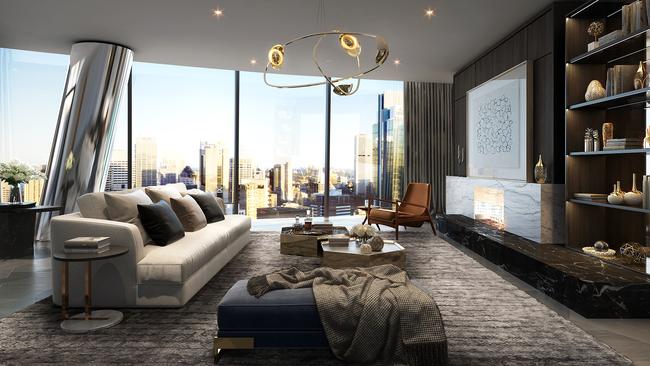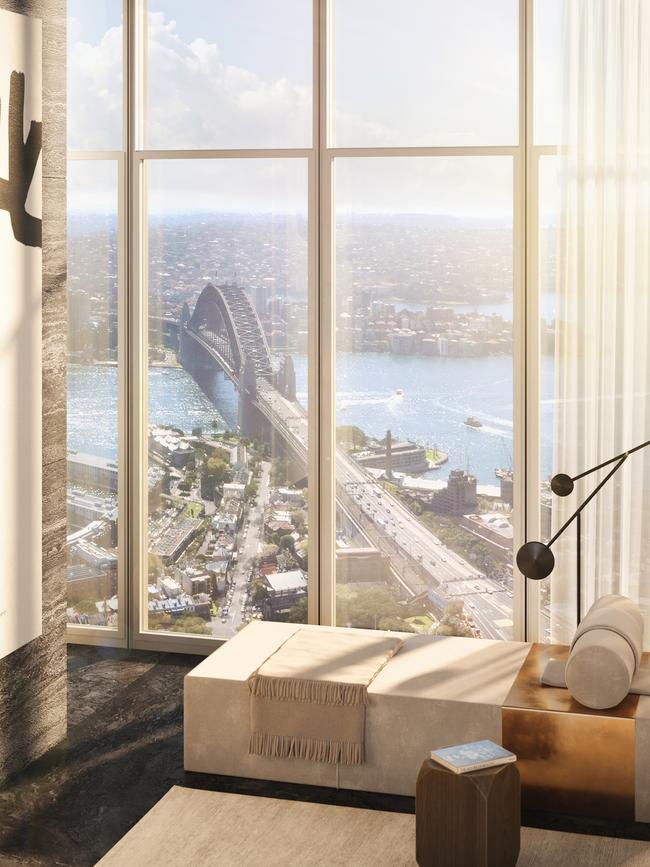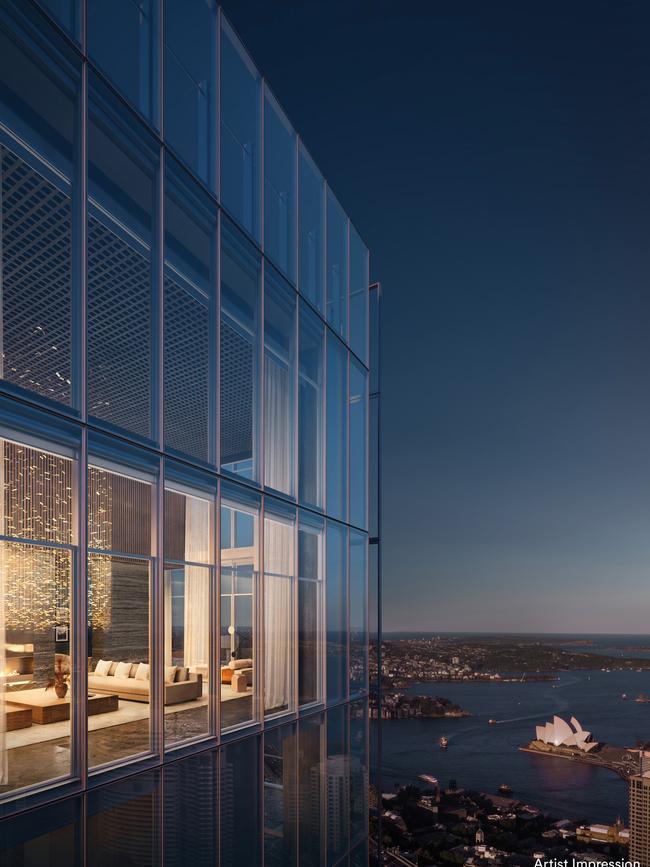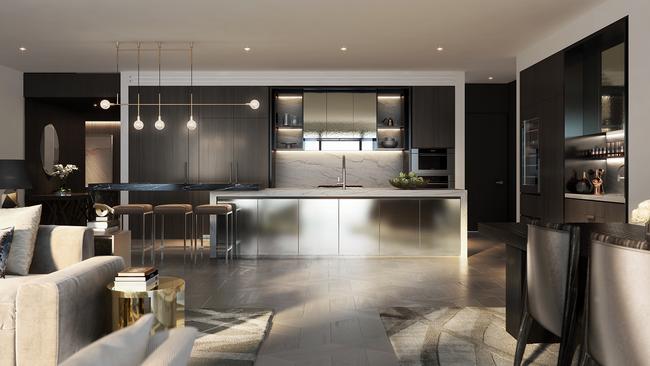Property prices on another upswing as government, RBA fight recession
If someone’s willing to pay $140m for an off the plan apartment, how high will prices go this time?

Someone paid $140m for an off-the-plan apartment in Sydney over the weekend. Nice views, and a master bedroom the size of a normal house, but still…
Normally you’d be reaching for the bell to ring out the market top after something like that, but not this time. The top of the market was 2017. This is more like the start of another boom.
Here’s the problem with modern monetary policy: record low interest rates make businesses and consumers anxious, and less inclined to spend and invest, but it has the opposite effect on property buyers. It makes them less anxious, and more inclined to buy.
In normal times monetary policy easing cycles lift confidence across the board — business, households, investors — but at 0.75 per cent the cash rate is having different effects on different people.


Business and consumer confidence are both declining and are the lowest for about five years, approaching levels last seen in the GFC.
Meanwhile the auction clearance rate in Sydney over the weekend was 84.6 per cent; in Melbourne it was 75.1 per cent. Median prices are up more than 3 per cent in two months in both cities. Property buyer confidence is sky-high.
And why not? Not only are mortgage rates the lowest they have ever been, the government has assigned the ACCC to look into why they’re not lower. In addition to the prospect of another RBA rate cut next month or the month after, the ACCC could also force an extra cut in mortgage rates on top of that!
In any case, it’s clear that there is very little chance of any rate hikes for a very long time, so the only reason not to gear up and buy real estate is because you think there’ll be a recession and you’ll lose your job or the income from your business will go down, and you won’t be able to service the debt.
But why would you think there was a recession coming when the Reserve Bank is obviously prepared to do anything to prevent one, including cutting rates to zero and printing money, and the government is already cutting taxes and spending billions on infrastructure and is obviously prepared to do more if necessary.

Nowadays recessions are what you don’t have to have, at least according to those running the economy.
And on top of that, the construction downturn is clearly going to result in shortages of both houses and apartments next year.
So it’s hardly surprising that the property market is going for another run, having corrected 15 per cent in Sydney and 11 per cent in Melbourne. The bell a couple of months ago was the bottom — just after the two rate cuts in June and July.
The question is: where will it stop this time?
In a speech about housing last week, RBA deputy governor Guy Debelle said prices peaked and started falling basically of their own accord: “Prices turned down in 2017. Again, this was not a result of rising interest rates. To a large degree, the cycle was likely to turn given the large run-up in prices, although the exact timing of this was hard to predict.”
The Sydney median price peaked at above $1 million in mid 2017; the Melbourne peak was $718,000 in November that year.
If prices returned to those levels – that is the level at which gravity took hold and they started falling of their own accord – then that implies gains from here of more than 20 per cent in Sydney and 15 per cent in Melbourne.
But in 2017, the cash rate was 1.5 per cent, twice what it is now. The average standard variable mortgage rate was 5.2 per cent; now it’s 3.4 per cent. In other words, the value/affordability equation has changed – all else being equal, you might expect the peak of this house price cycle to be higher than the last, given what’s happened to interest rates in the meantime.
Of course, all else is never equal. What has changed? Well, supply for a start: construction has collapsed, so shortages could drive prices even higher this time.
That certainly seems to what’s going at the premium end of the market, with posh houses in both Melbourne and Sydney consistently going for well over reserve at the moment.
On the other hand, the economy is weaker now, which is why interest rates are so much lower.
The global economy is not only weaker, but two years into the US-China trade war, it’s more uncertain. Property buyers, you would think, will be more cautious this time and less inclined to forget their limits during the excitement of an auction.
Then again, an apartment in Sydney just sold off the plan for $140 million.
Alan Kohler is Editor in Chief of InvestSMART.com.au



To join the conversation, please log in. Don't have an account? Register
Join the conversation, you are commenting as Logout